Trojan.FakeALERT Found on PC, What Should You Do Now?
Trojan.FakeALERT is a new threat has been found on users' computers. It is one of the malignant Trojan horse viruses which has infected with many OS like Windows XP, Vista, Seven, 8.It an cause lots of pop-up advertisement windows uninterruptedly shown on the computer screen and CUP usage can reach to 99% with few programs running backstage. This Trojan.FakeALERT also carries out intrusive activities on the infected computer surreptitious. This Trojan virus injects its codes into system file folder and legit programs. It also takes control over the machine right after the machine boots up with manipulation of registry files and start-up items.
Apart from this,Trojan.FakeALERT tries to open a backdoor to outside threats like malware, Trojan, adware, worm, redirect virus. It means that if your computer gets infected with this Trojan, you may have chances to be infected with other dangerous infections. Trojan.FakeALERT may help hackers to monitor users' Internet browsing activity by recording information such as search queries entered, website URLs visited, pages viewed, cookies, IP addresses, and other details that may be personally identifiable. So you have to get rid of Trojan.FakeALERT once install on your computer.
What Disaster Trojan.FakeALERT will Cause?
1, it can show popup ads or malware links on the web page if you search online.
2, when visit certain sites, you are redirected to unfamiliar sites or porn web sites all the time.
3, unknown shortcuts or icons appear without your consent.
4, CPU usage always takes up 100% and system abnormal shutdowns from time to time.
5, It will disturb the system operation and disable your programs.
6, Trojan.FakeALERT can record the input contents like search keywords, bank account or credit card information and email password and then send to the hackers.
Recommended Methods to Get Rid of Trojan.FakeALERT
Notice: Before you post any actions, please make sure that you know good well on computer, if you have any confusion on the removal process, read more here.
Recommended method one: you may try to first remove Trojan.FakeALERT manually by yourself.
Step one. Boot the computer into Safe Mode with Networking.
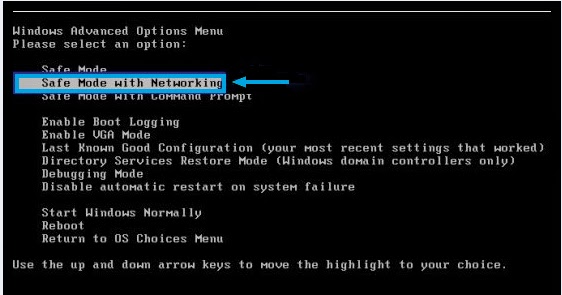
Step two. Show hidden files
a) Open Control Panel from Start menu and search for Folder Options;
b) Under View tab to tick Show hidden files and folders and non-tick Hide protected operating system files (Recommended) and then click OK;
c) Click on the “Start” menu and then click on the “Search programs and files” box, Search for and delete these files created by browser defender:
Step three. Uninstall Trojan.FakeALERT from Control Panel.
Windows 8
• Open Control Panel by swiping in from the right edge of the screen, tapping Search (or if you're using a mouse, pointing to the upper-right corner of the screen, moving the mouse pointer down, and then clicking Search)
• Type “Control Panel” into the search box and click on it to open.
• Click Uninstall a Program
• Select the program you wish to remove and right click then select Uninstall/Change.
• Follow the prompts to finish the uninstallation of the software.
Windows 7 & Vista
• From the Start Menu, select Control Panel.
• Under Programs click the Uninstall a Program link.
• Select the program you wish to remove and right click then select Uninstall/Change.
• Follow the prompts to finish the uninstallation of the software.
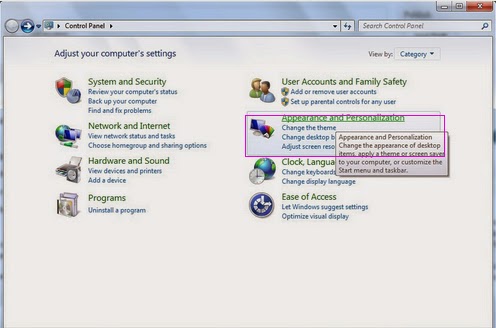
Windows XP
• From the Start Menu, select Control Panel.
• Click the Add or Remove Programs icon.
• Select the program you wish to remove and right click then select Uninstall/Change.
Step four. Search out all created files and registries and delete all of them immediately.
%Temp%\wg.exe %Common Appdata%\DownloadSave\EdpbpcqBqw.EXE HKEY_CURRENT_USERSoftwareMicrosoftWindowsCurrentVersionRun HKEY_CURRENT_USER\AppEvents\Schemes\Apps\Explorer\Navigating
Note: before you performing actions to remove Trojan.FakeALERT manually, you should make confirm that you have enough computer skills, and if you have no idea with the process, please try to click here to install removal tool here to help you.
Recommended method two: Remove Trojan.FakeALERT by Downloading Removal Tool-Spyhunter
Follow the steps here to install SpyHunter onto your PC;
SpyHunter can detect all known threats and most stealth malware, or infections that actively hide their presence on your system. Its removal effectiveness is also decent, with the ability to remove most of the threats it detects.
Tip 1 Click here to download the Spyhunter.
Tip 2 Follow the details to finish the installation of Spyhunter.
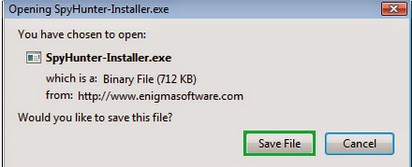
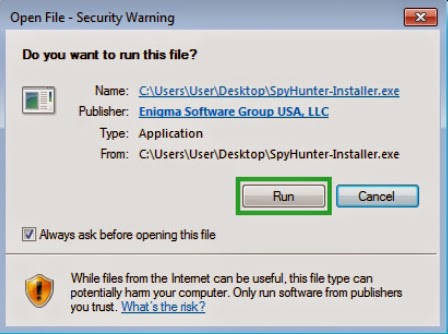
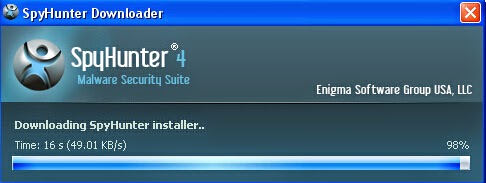


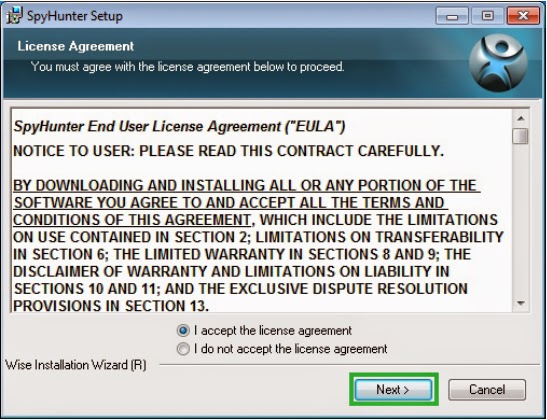
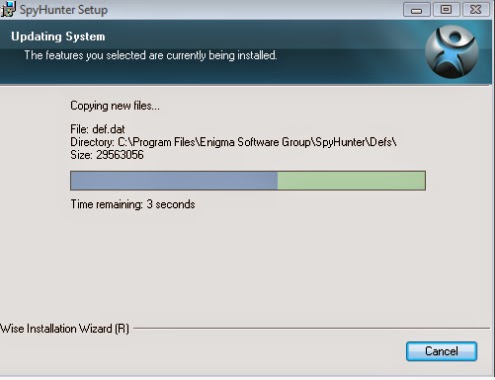
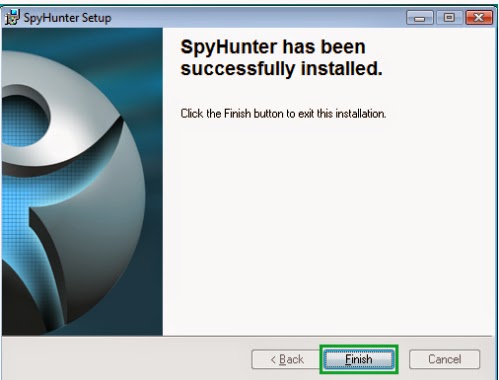
Tip 3 After the installation, please run a full scan of the infected computer.
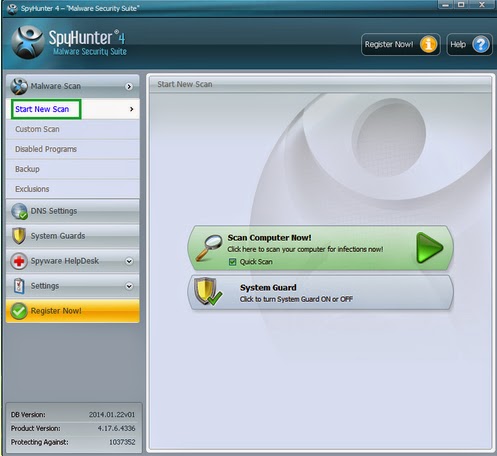
Tip 4 Delect all infection files detected by the Spyhunter.
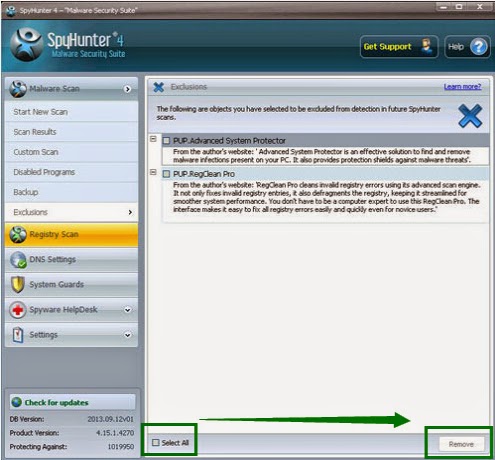
Step four: Reboot the computer back to regular mode to check.
Optional Step:
There will be many residual files like invalid registry entries still on your computer when you uninstall the adware. These junk files occupy disk space of your computer and may degrade your computer performance over time. It is complicated to delete them manually, so you may need the help of a system cleaner or system optimizer. We recommend you optimize the infected system with RegCure Pro.
1) Click the icon to download RegCure Pro

2) Double-click on the icon the RegCure Pro program to open it
(If Windows prompts you as to whether or not you wish to run RegCure Pro, please allow it to run.)
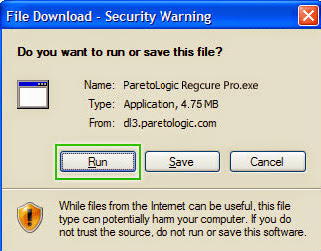
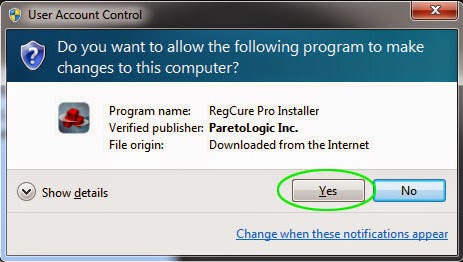
3) Click Next and complete the installation

4) RegCure Pro will begin to automatically scan your computer for errors
RegCure Pro Thoroughly scans and cleans up your Windows registry automatically. RegCure Pro allows you to automate the whole process of regular optimization of your PC for best performance using an in-built “Fix All" scheduler.
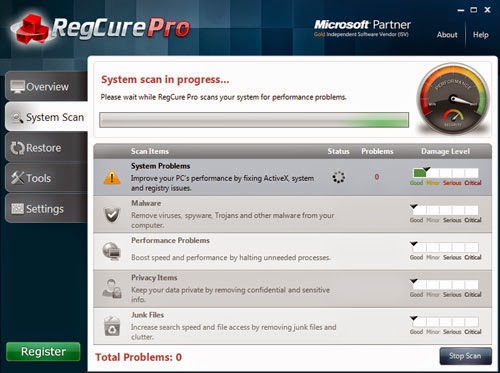
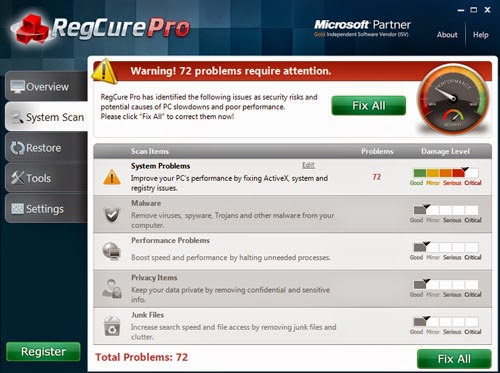
Warning Tip:
Trojan.FakeALERT is tricky threat that is a typical Trojan that can do many dangerous activities on the installed computers. As soon as it comes out, you may get a lot of pop-up warnings, and redirections to malware sites. And some other malware or threats can be installed on your system, so you have to Trojan.FakeALERT with powerful and reliable removal tool here.
No comments:
Post a Comment